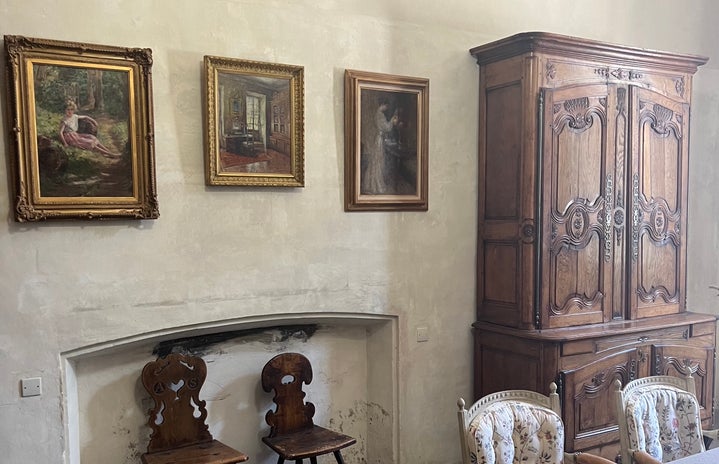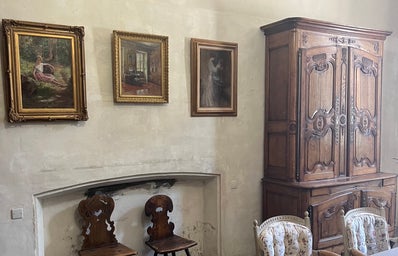Nestled northwest of Grenoble with the Vercors mountain range as its backdrop, the 17th-century Château de Sassenage is just one of France’s impressive historical estates.
The Château opened to the public for the annual Journées du Patrimoine, falling this year on the weekend of Sept. 17 and 18. On these Heritage days, private sites across Europe welcome visitors to promote cultural discovery.
Tours of the Château de Sassenage are typically only offered on the first Sunday morning of each month, but costumed guides led groups every hour in celebration of the Heritage weekend.
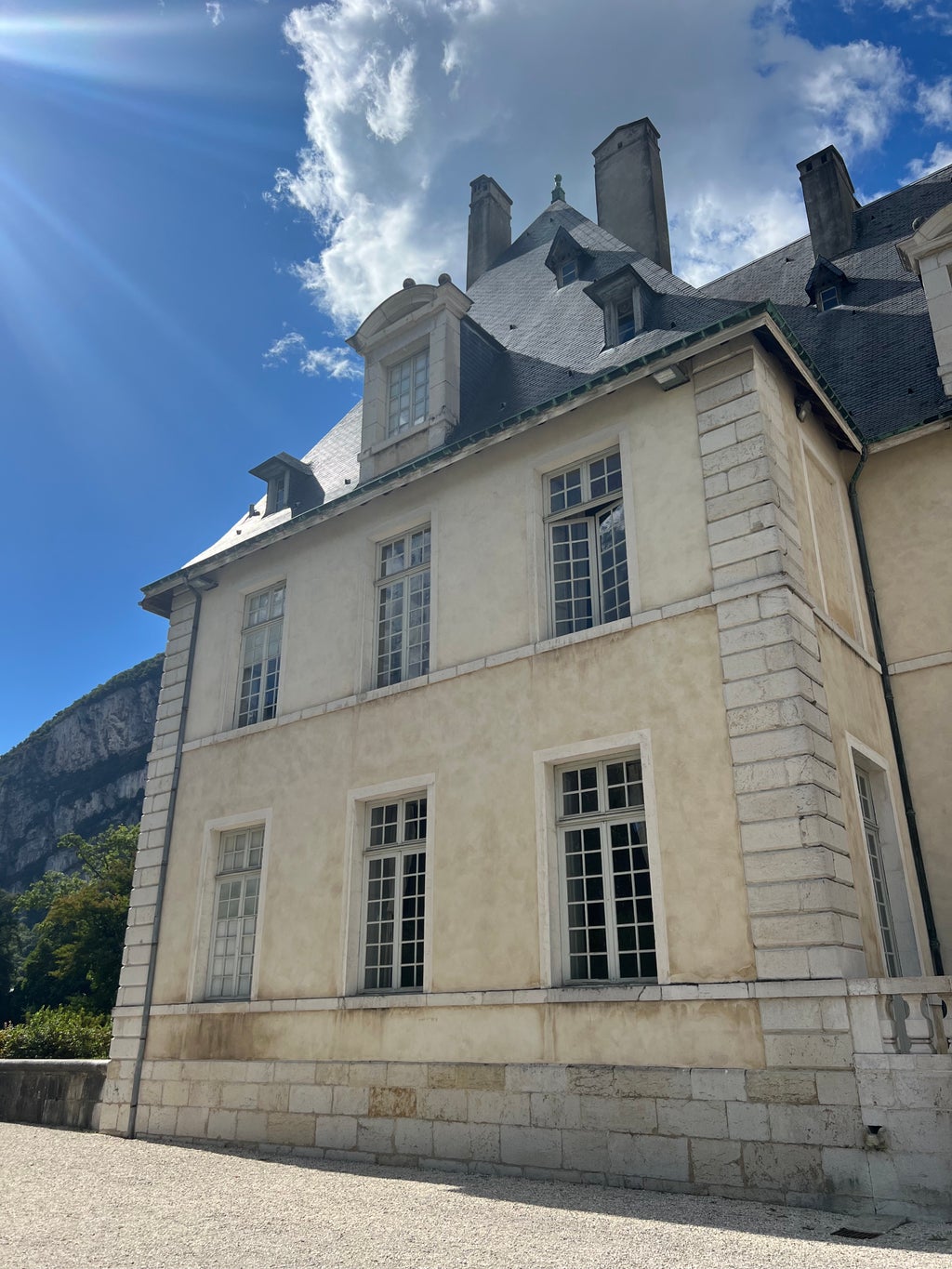
A Brief History
According to the Château’s website, the Sassenage family settled in the former French province of Dauphiné at the beginning of the 11th century. The family later befriended the Bérengers de Royans, and their influence extended further north into the Vercors mountain region. The Sassenage family became one of the most powerful in the region through the alliance.
After his family’s lands grew scattered, Charles de Sassenage ordered the construction of the Château that stands today in the 17th century. Between 1662 and 1669, the property was built to proclaim the revival of the Sassenage family and to reassert their influence.
Successors to the estate often chose to occupy other residences, and the Château was seldom inhabited over the following decades.
Since 1971, the Château has been owned by the Foundation of France, which relies on donations from the public to maintain the historical site.
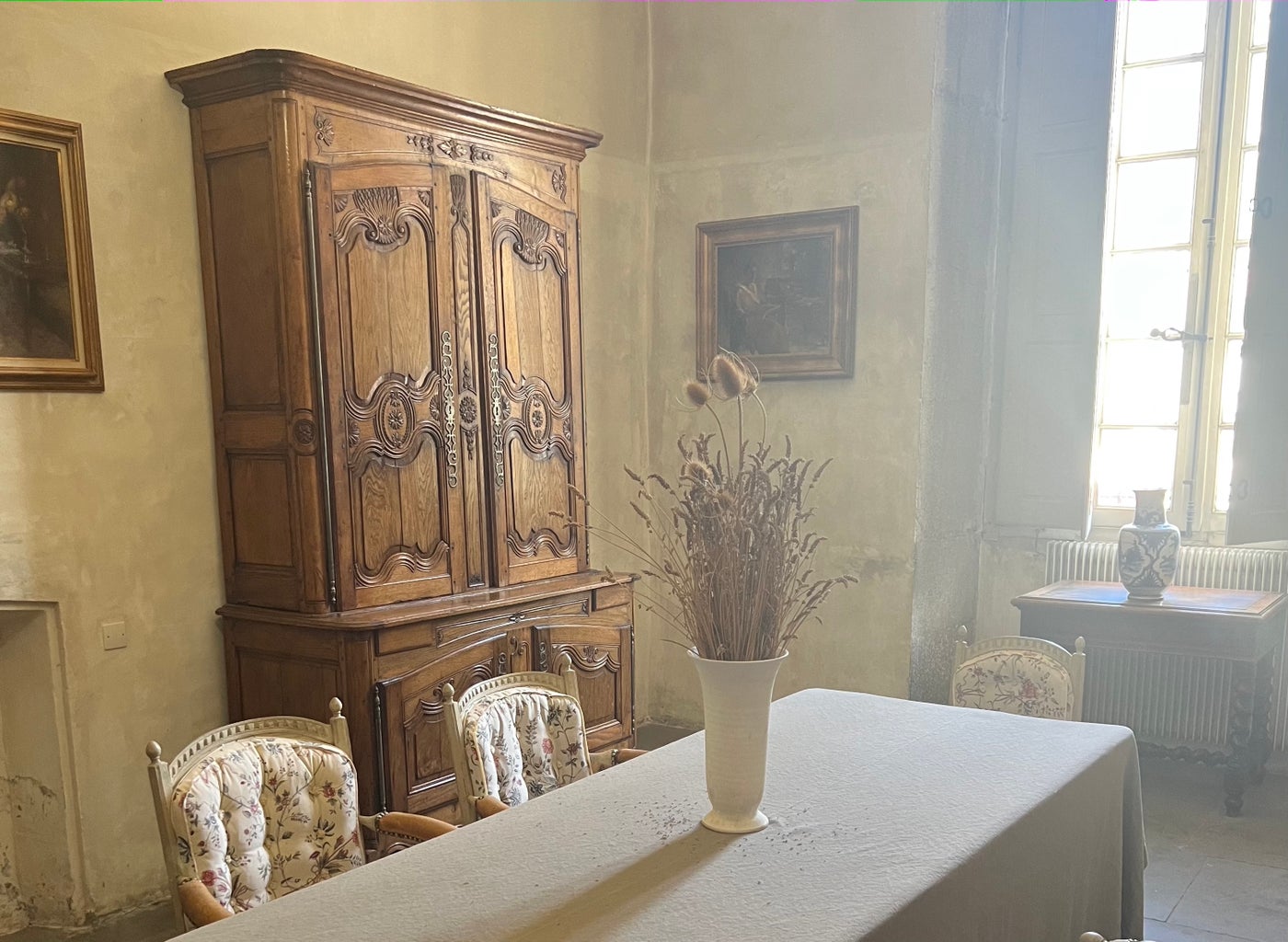
The Property
From the outside, the Château de Sassenage is as modest as an old European castle can be. Rather than the golden gates of Versailles, the Château exhibits a symmetrical limestone exterior and slate roof, representing the epitome of 17th-century French architecture.
Perched above the front door is a sculpted image of the water fairy Mélusine, from whom legend claims the Sassenage family descended. She holds in each hand the coats of arms of members of the family.
The charm of the Château strikes immediately upon entering the kitchen. Under a vaulted ceiling, copper cookware is scattered across the room.
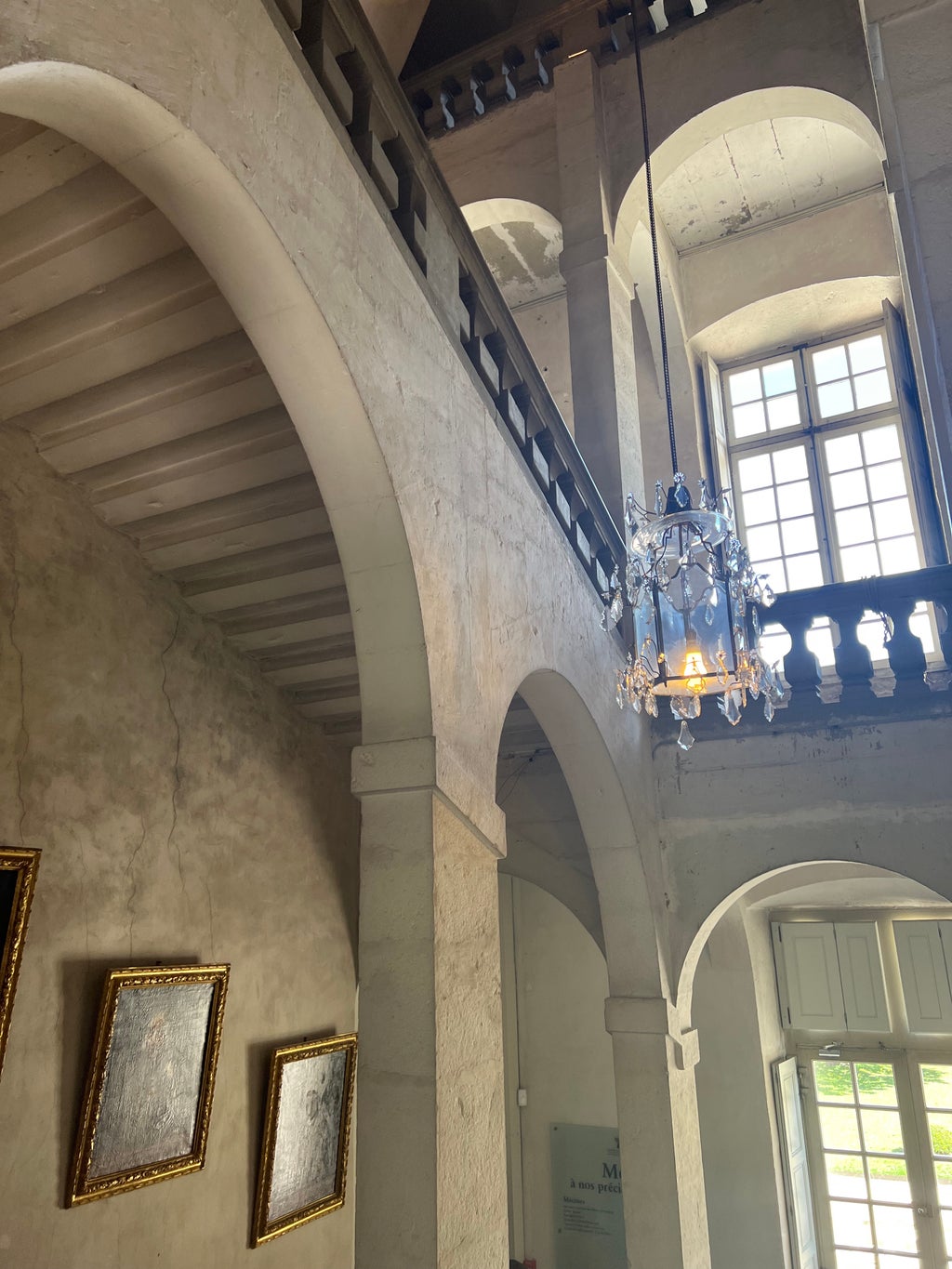
Visitors pass then through a small dining room themed with pale grays and muted pink florals before coming to the Château’s grand stairwell. The steps are constructed from gray molasse stone, contrasted by sharp white pillars connected by arches. Framed portraits are fixed in a diagonal pattern up the walls and a simple chandelier suspends from the ceiling.
About 25 rooms are spread across the first two of the Château’s three levels. On the second floor, the grand salon is the only room that has retained all of its original decor, including celestial paintings and red, velvet chairs.
The next stop is the king’s bedroom, which stands out for its herringbone-patterned wooden floors and more red upholstered furniture. According to a tour guide, the family was required to have this designated room for the king, although he never stepped foot in the Château.
The rest of the Château’s wardrobe rooms, bed chambers, salons and libraries showcase furniture and art from the Bérenger-Sassenage collections. Each room is stately and tastefully beautiful.
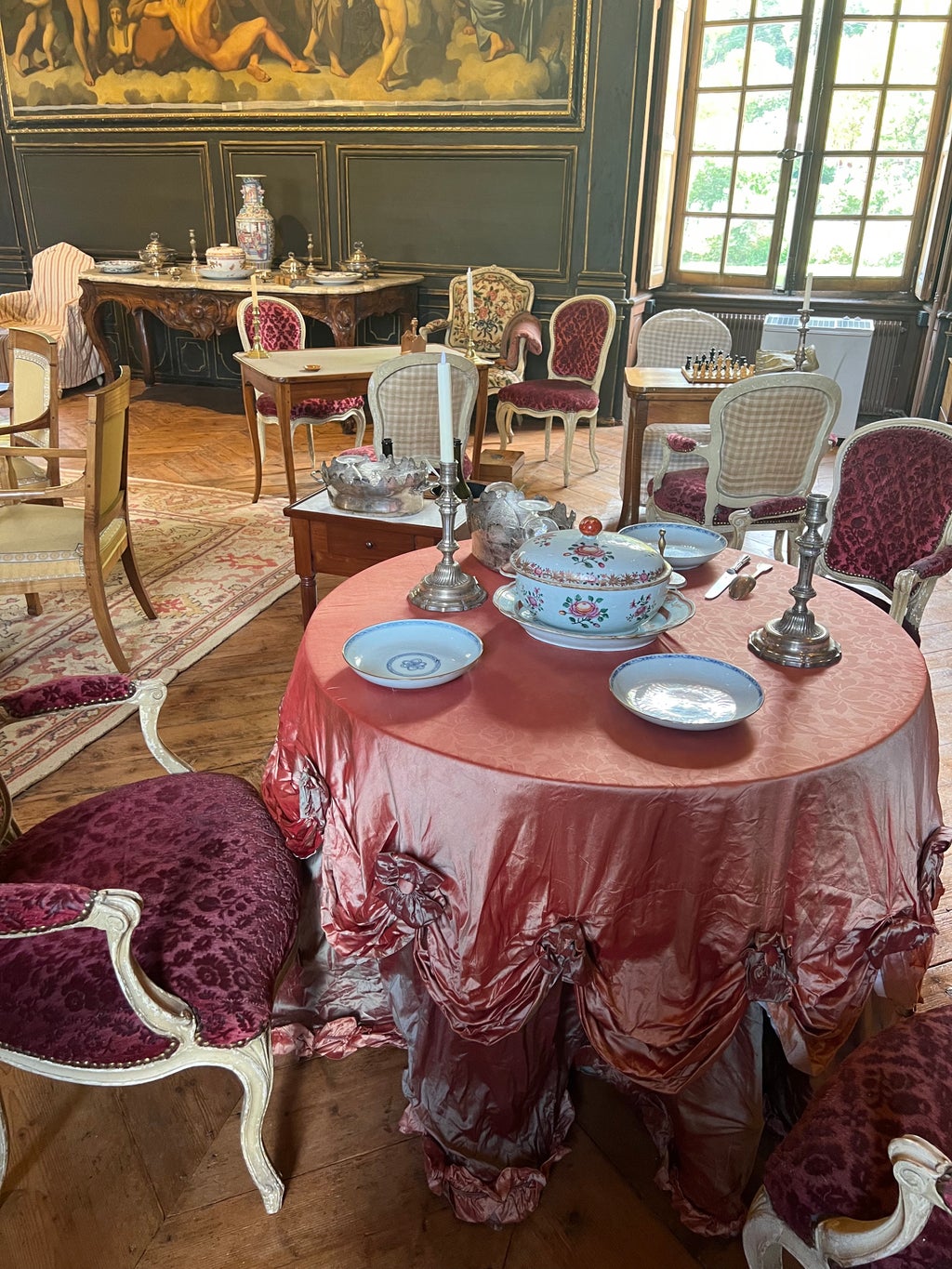
After touring a portion of the Château’s rooms, visitors can take a stroll through the property’s park spanning nearly 20 acres, which has received numerous restorations by the Foundation of France since 2016. The park is simple and uncluttered. Small streams run alongside walking paths and the land is peppered with huge trees.
In addition to tours and visits, the Château can be rented for private weddings or business events, and it is easy to understand why.
The estate quietly demands admiration, interlacing a rich history with modest elegance. It is simultaneously humbling and serene.
